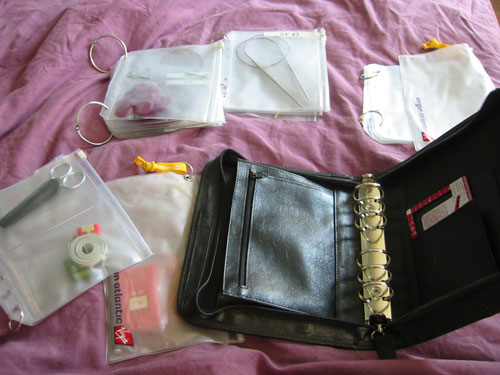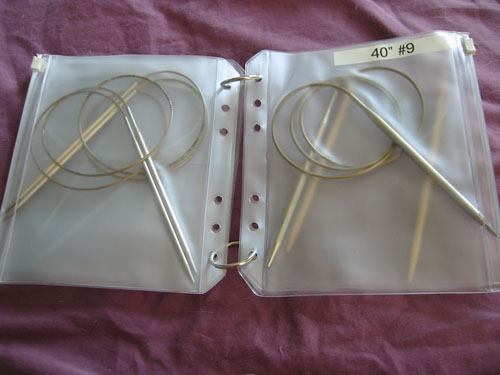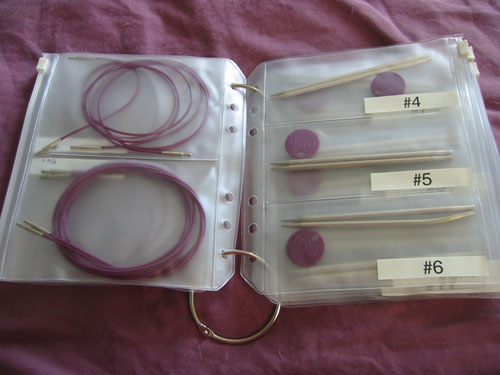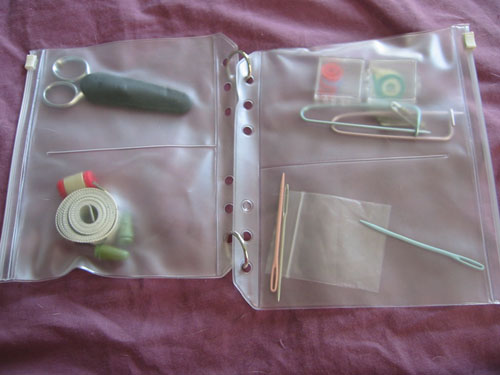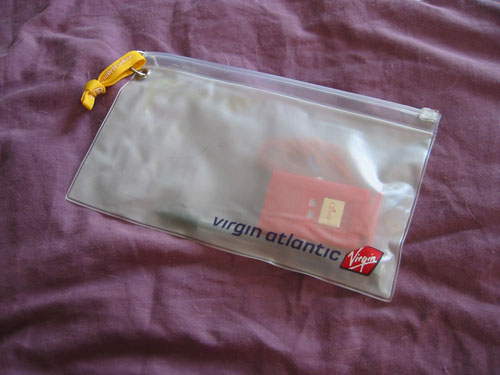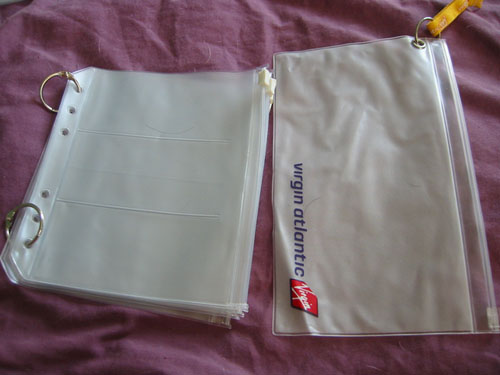I haven't been writing here lately because I have been working on a fairly detailed larger project, which is to say the beginning of the landscaping at the house. Some people have difficulty approaching a large project like this without panicking about things like what variety of grass to buy and how tall the grass will end up being and so forth, while losing sight of the overall picture. It makes the whole process really harried and frantic, and very stressful. It occurred to me that I might want to write about how I go about planning a large project, and some of the ways to take a complex, daunting project and make it more manageable.
The very first thing I do is define a scope. Defining a scope means setting limits on what I am going to do. In the landscaping project, I want to plant grass, add some paths, and plant roses and fruit trees. We would also like to build a greenhouse, but that is less critical. The rest can wait until later.
Then I determine timing. Roses and fruit trees are planted from bare roots which are only sold in the winter, so planting those has to wait until January. Grass can be planted at just about any time in our area, but it is best to do it sooner in our case because the wind is blowing our soil (what little there is) away. Paths need to be laid soon, because we have a major dirt tracking issue. The greenhouse has no dependancies, because it can be purchased and installed whenever we have money and time. So we're going to drop the greenhouse from the plan because it doesn't depend on anything and nothing depends on it; it's a separate project. The trees and roses will also become a separate project, because we have to wait until January to plant them.
With scope narrowed and focussed, I need to choose technologies or tools for the project. I decided to use sod for the lawn, because it stood less risk of getting all eaten up by the dogs running around or people walking, and because it required less gentle care than grass seed. Sod is more expensive than seed, but seemed to work best for our situation. We discussed having a company do it, but cursory research showed that we could save a lot of money by doing it ourselves, and it's very easy. We had already decided to put down oyster shell paths, because that was what was original to the house. If we decide we hate them later, they are easy to remove, or can be used as the base for another kind of path. And I wanted steel or other metal edging between the path and the lawn, to keep things tidy.
With technologies chosen, I went to do more detailed research. The research done for choosing technologies is pretty cursory: you're just trying to figure out what is available, what the pros and cons are, and make a decision based on that. Now you do more in-depth research, like reading about the steps involved in installing sod or trying to find a brand of edging for sale in your area. This may require you to rethink some aspects of your technologies. I discovered that the state of the art in lawn edging is now aluminum, rather than steel, and found two brands I liked. One is sold online, the other at stores, and I was unable to find a store that stocked it. Easy decision.
I also discovered that the sod sellers recommend amending the soil before installing sod. So I located a source of soil amendment (fortunately, the same supplier as the oyster shells) and arranged to rent a tiller to mix the stuff in with our existing soil.
The other recommendation is that you roll the lawn, both before and after it is installed, with a water roller. Further research indicated that rolling the lawn weekly for the first year would lead to a nice, flat surface that is easier to mow. Renting a roller that often adds up quickly, and they can be purchased for about $100, so I bought one online. These are all detail decisions, to be made only AFTER you've chosen a technology. If the technology changes (let's say you decide that instead of sodding the lawn yourself, you're going to hire somebody to do it and maintain it) your need for tools changes (they probably have their own roller) and supplies, as well (they will amend the soil for you).
Having done that detailed research, you may think you are done. Wrong. Now you dig down even further for specifications. This answers questions like "how much soil amendment do I need? How much oyster shell? How many square feet of sod?" In our case, we have a drawing of the future landscape, so it's a matter of carefully measuring the area of both lawn and path, and doing a quick calculation. Why did we not do this earlier? Because the options we were given were all priced the same: by the square foot or by the "yard"; it was easy to compare them without adding to the complexity of the problem in our heads. Keeping the problem simple and dealing with detail later is critical.
Having done the calculations, we know we need to order so many yards of compost (our chosen soil amendment), oyster shells, and so many square feet of sod. We know how many feet of edging we will require, and we have a rough idea of where it is going.
Now we get to the messy part: the assembly of materials.
We're arranging for materials to be delivered in the days before we plan to work, except for the sod, which will be delivered the morning of the day we install it. It's going to be somewhat chaotic and there will be huge piles of compost and oyster shells in the yard, but it's liveable. The new problem to wrap our minds around is the order of business. The problem is best broken down into "what do we need to know, and when?"
If the sod is delivered first thing in the morning, and needs to be installed immediately (give or take), we should have the substrate prepared beforehand. So the day before the sod is delivered, we need to know where the paths are, and where the trees will go, because those areas will be left free of compost and will not be tilled. So using string or landscape marking chalk, we lay out the paths, lawns, so forth. Places where compost should go should have Xes in them to make it clear. At this point, the paths should be prepared and edging installed. Oyster shells can be spread out there, and rolled down with the roller (see, the thing is very useful). Now we have our hard edges for the lawn. The problem has been reduced in complexity at this point: the supporting information has been filled in and now we're just colouring in the lines.
With a well-defined area for the lawn, the compost gets spread out evenly, with rakes and shovels and so forth. Then tilled in. Then the whole thing is watered lightly, rolled, and sprinkled with a fertilizer to help the sod out in the first few days. Then we are done, ready for the sod to arrive.
The next morning when the sod arrives we can focus all our attention on it, rather than worrying about paths and trees and all sorts of other things. We lay the sod, water it in, roll it a couple times, water it some more. When you're dealing with a time-sensitive and delicate process, spending the time laying the groundwork to make it go smoothly and allow yourself to concentrate on it is critical.
The process is a matter of confining the complexity of what you are working on at any moment:
- Define your scope so you know what problems you're trying to solve
- Determine any dependancies and timing issues for the larger aspects of the project
- Choose technologies, but leave your options open
- Do research on your technologies to get the details you need to proceed; adjust technologies as needed
- Be willing to go back as far in the process as you need to as circumstances change
- Gather tools and equipment indicated by research; know when you need each item and make sure it will be there when you do
- Use research to make a reasonable schedule: what do you need to know to get each step of the project done?
- Use research to work in a systematic fashion: draw the outlines, then fill them in
- When a step is critical and sensitive, clear the decks so you can concentrate on it
